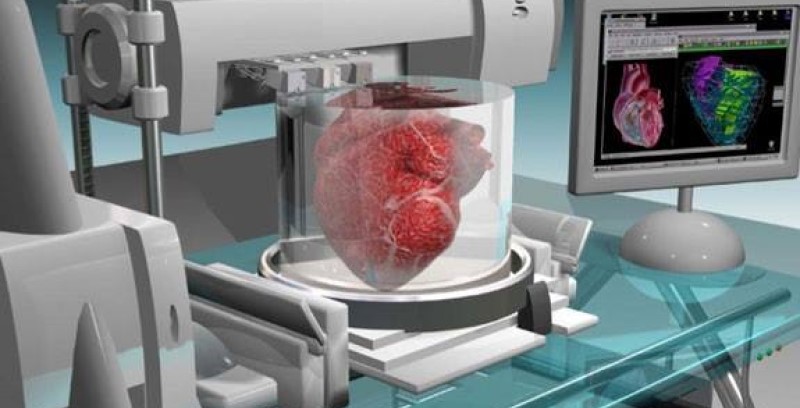NEWS
Bioprinter "taught" to print human organs in a few seconds

Basically, during 3D printing, the final shape is created by layer-by-layer application of the material. This allows you to create organs with a complex internal structure.
The main drawback is the long organ printing time that the team of scientists from the Laboratory of Applied Photonics Devices (LAPD) in Switzerland tried to fix, writes Science Daily.
However, there is another way - volume bioprinting, which allows you to form an organ simultaneously throughout the volume. The main drawback is the long organ printing time that the team of scientists from the Laboratory of Applied Photonics Devices (LAPD) in Switzerland tried to fix.
Now scientists are planning to conduct clinical trials. Such technology will be able to provide not only the needs of donor services, but also the needs for laboratory animals that are being experimented with.



